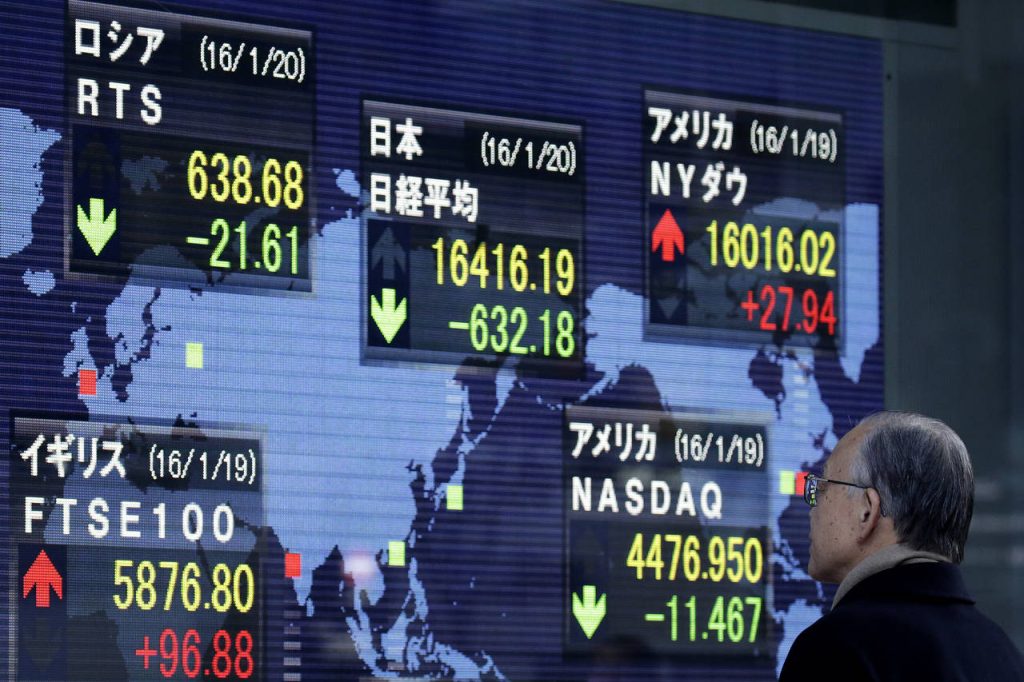The US financial markets experienced a notable shift yesterday, with a significant increase in Treasury yields following a poor auction of 20 and 30-year papers. The US 30-year yield surged by 22 basis points (bp), while the 20-year and 10-year yields also saw considerable jumps, with the latter climbing above 4.60%. This movement in the bond market came on the heels of Federal Reserve Chairman Jerome Powell’s hawkish remarks at an International Monetary Fund (IMF) event, where he indicated the possibility of further rate hikes. Consequently, the US 2-year yield crossed the 5% threshold.
This uptick in yields has had a ripple effect across other financial markets. On Thursday, both the S&P 500 and Nasdaq Composite indices closed lower by approximately 0.80%, as investors reacted to the potential for an inverted yield curve, often seen as a precursor to an economic downturn.
Despite these market movements and the increased cost of borrowing implied by higher yields, Goldman Sachs maintains a relatively optimistic outlook for the US economy. The investment bank estimates only a 15% chance of a recession occurring next year.
Today, the impact of rising Treasury yields was felt on currency exchanges. The US dollar gained strength against other major currencies, with the Euro dropping below 1.07 against the dollar amid political and economic challenges within the Eurozone. Even though the European Central Bank has maintained high interest rates, skepticism about their efficacy remains in the market.
The British pound also retreated to 1.22 versus the dollar after statements from the Bank of England suggested it was premature to consider rate cuts. The medium-term outlook for GBPUSD is neutral to bearish, influenced by a strong demand for dollars.
In Asia, despite concerns over possible Japanese intervention to support their currency, USDJPY climbed above 151. Oil prices are showing tentative signs of recovery after experiencing a major selloff, finding some support at $75 per barrel. Future oil price trends could be shaped by China’s policy on Iranian oil imports and record-high production levels from US shale producers.



